Learn about the boot modes in macOS
You might be accustomed to using only the power button on your Mac to turn it on, but in case you need to boot your Mac in another mode, you'll need to press a specific key combination to do this.
MacOS has different modes for troubleshooting problems that you can trigger by pressing specific key combinations during boot. The article will cover macOS boot modes and their specific keystrokes just below. Join TipsMake.com to find out immediately!
How to enter a specific boot mode
As mentioned earlier, to enter any specific mode using the keystrokes below, you first need to turn on your Mac with the power button and then immediately press the desired key combination.
Recovery mode Recovery
Recovery mode allows you to access Terminal, repair drives with Disk Utility and reinstall macOS with Recovery Mode, located on a separate partition of the hard drive.
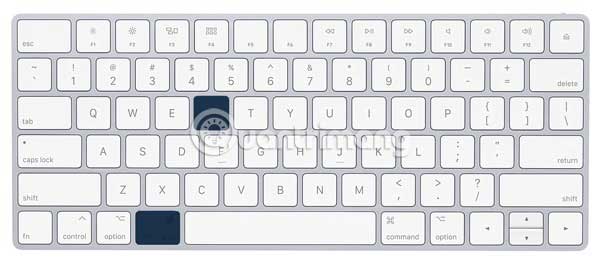
To enter Recovery mode, press Cmd + R on boot.
Select the boot drive
If you want to choose a boot drive or boot from a portable USB, just press Option while turning on the Mac.

Booting from optical media (CD / DVD)
If you have an old Mac with an optical drive, you can choose to boot from a CD / DVD containing the installation media.
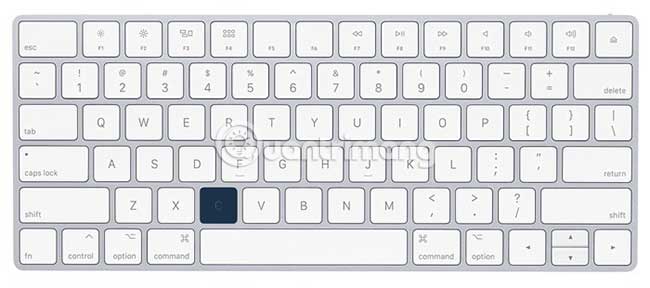
To do so, press the C key at startup.
Push the optical media out
Similarly, to eject the optical media stuck in the Mac out, press the Eject button, F12 or mouse / trackpad button at startup until the disc is ejected.
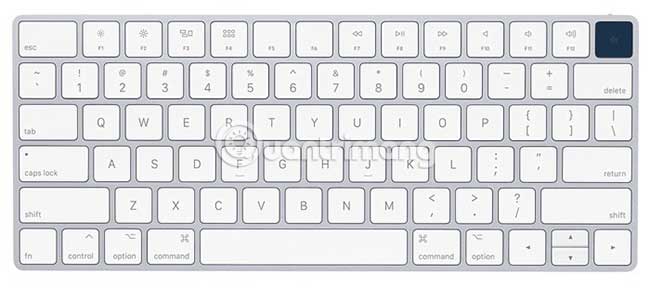
Apple Hardware Test (Apple Diagnostics)
Depending on the version of Mac you are using, you can access Apple Hardware Test or Apple Diagnostics tool to detect any possible hardware problem.
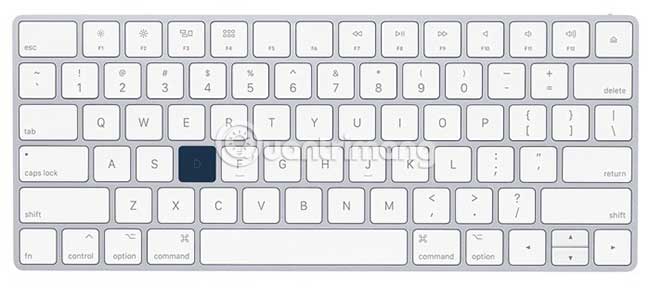
To access it, press the D key at startup.
Safe Mode
Safe Mode allows you to start your Mac with only the elements needed to boot the operating system. In Safe Mode, you can check the boot drive and apply the appropriate repair measures. This mode will prevent all startup / login items from loading and will also clear the system cache.
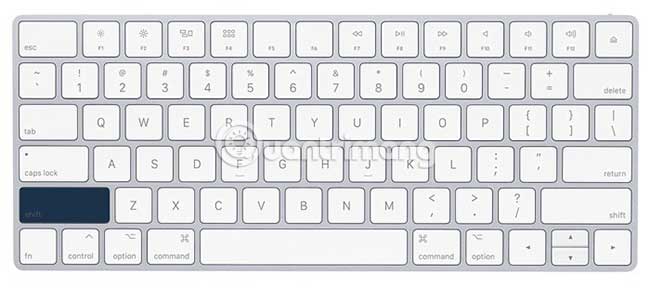
To start the Mac in Safe Mode, just press Shift on startup.
Target Disk mode
Target Disk mode allows you to easily copy files from one Mac hard drive to another. When in Target Disk mode, simply connect your Mac to another Mac with the appropriate cable and transfer the files to another hard drive.
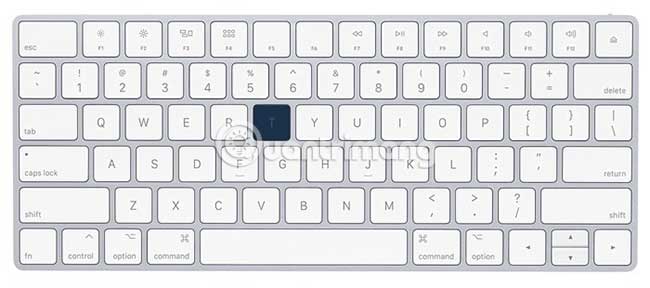
Target mode only works when you use one of the following cables to connect your Mac:
- Thunderbolt 3 (USB-C)
- USB-C
- Thunderbolt 2
- FireWire
To enter Target Disk mode, press T when booting.
Single User mode
Single User mode boots the Mac into a basic text-based environment with a Unix prompt, in which you can enter commands. Single User mode is for advanced users who are trying to fix a Mac that won't boot. There is no GUI or drive mounted when booting in Single User mode.
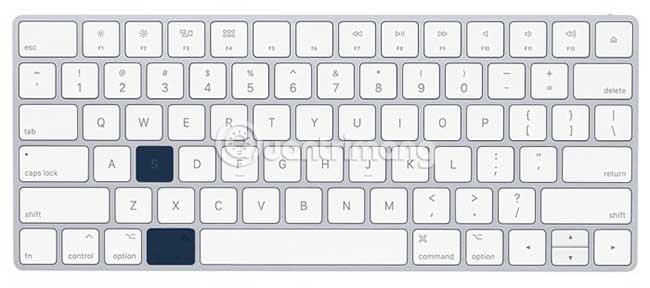
To enter Single User mode, press Cmd + S at startup.
Verbose mode
Verbose mode replaces the Mac boot screen with a status report for the ongoing processes during boot. If your Mac hangs during startup, you can use Verbose mode to see what is happening and what is causing the computer to crash.
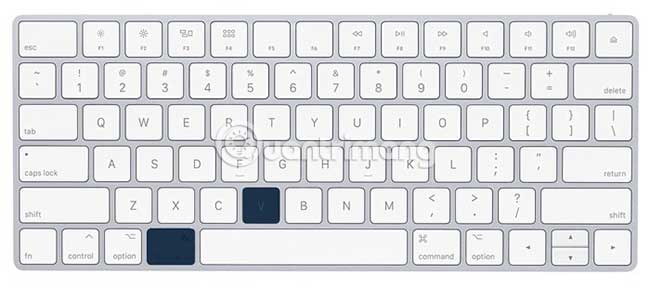
To start Verbose mode, press Cmd + V on startup.
Network mode
If you have a client computer on the network image, you can use the NetBoot service to customize macOS and create custom images for specific users. This will allow you to deploy images throughout the network without having to modify each machine individually.
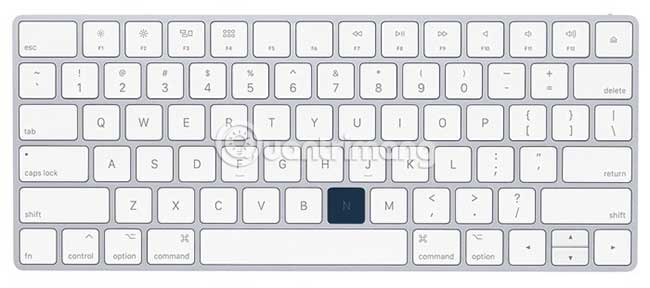
To boot into Netboot, just press the N key when booting.
Reset SMC
Apple Macs have SMC chips - System Management Controller that controls various hardware tasks like fan speed, power management, etc.
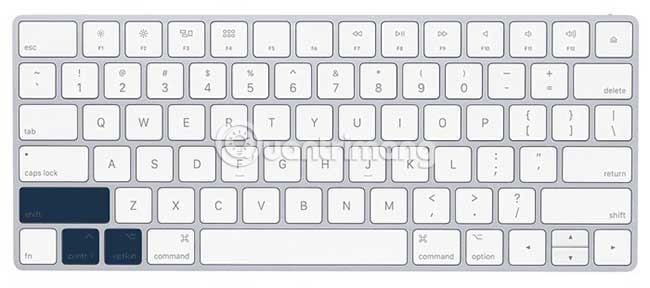
You can reset the SMC by pressing Shift + Control + Option .
Leave your comments in the comment section if you have any other boot methods!
Hope you are succesful.
You should read it
- How to boot into Safe Mode on Mac
- How to set up a Mac does not fall into a 'sleep' state
- Should Linux dual boot?
- How is Windows Safe Mode and Clean Boot different?
- What is NVRAM? Should I reset NVRAM on Mac?
- Put Safe Mode in the standard boot menu of Windows XP
- Instructions to bring Safe Mode to the standard Boot Menu on Windows 8 and 10
- How to turn off Secure Boot mode and open Boot Legacy mode
May be interested
- How to create USB Boot, USB install Windows by Rufus
 how to create usb boot installed win is pretty much, you can create usb boot with hiren's boot cd, universal usb installer, ... but the quick, easiest way is to create a boot usb with rufus. the following is a guide to creating a usb boot using rufus for your reference.
how to create usb boot installed win is pretty much, you can create usb boot with hiren's boot cd, universal usb installer, ... but the quick, easiest way is to create a boot usb with rufus. the following is a guide to creating a usb boot using rufus for your reference. - 20 best USB boot software
 20 this usb boot software will help you create usb boot, usb install win quickly, easily, even can create usb boot containing many operating systems.
20 this usb boot software will help you create usb boot, usb install win quickly, easily, even can create usb boot containing many operating systems. - How to disable / enable F8 Advanced Boot Options in Windows 10
 advanced startup options allows you to start windows in advanced troubleshooting modes such as advanced startup options. this guide will show you how to enable or disable the old f8 advanced boot options screen when booting in windows 10.
advanced startup options allows you to start windows in advanced troubleshooting modes such as advanced startup options. this guide will show you how to enable or disable the old f8 advanced boot options screen when booting in windows 10. - Instructions on how to create a Windows 10 USB install on macOS
 detailed instructions on how to create a windows 10 installer on macos is extremely simple. tips to create a set of win 10 on macbook using boot camp assistant
detailed instructions on how to create a windows 10 installer on macos is extremely simple. tips to create a set of win 10 on macbook using boot camp assistant - How to install Kali Linux on macOS
 since the release of kali linux 1.0.8, kali linux supports efi. this additional feature simplifies the process of installing and running potassium on various apple macbook air, pro and retina models.
since the release of kali linux 1.0.8, kali linux supports efi. this additional feature simplifies the process of installing and running potassium on various apple macbook air, pro and retina models. - How to Create a Boot Disk
 a boot disk can help restore and recover your computer if a major error or virus renders your computer unusable, or unable to boot. learn how to create a backup boot disk for your windows or mac computer. swipe in from the right edge of...
a boot disk can help restore and recover your computer if a major error or virus renders your computer unusable, or unable to boot. learn how to create a backup boot disk for your windows or mac computer. swipe in from the right edge of... - 18 useful features on macOS operating system you may not know yet
 let's tipsmake.com learn 18 useful features on macos operating system you may not know in this article offline!
let's tipsmake.com learn 18 useful features on macos operating system you may not know in this article offline! - How to implement Clean Boot on Windows 10/8/7
 clean boot state is used to diagnose and fix problems on windows. if your computer cannot start normally or if during the boot process you receive an error message, then you might consider performing a clean boot.
clean boot state is used to diagnose and fix problems on windows. if your computer cannot start normally or if during the boot process you receive an error message, then you might consider performing a clean boot. - Making Linux look like macOS with these easy tweaks!
 you can learn the simple steps needed to make the linux desktop work and look like apple's macos.
you can learn the simple steps needed to make the linux desktop work and look like apple's macos. - Can USB Boot save data?
 what is usb boot? can usb boot save data? refer to usb boot features and instructions on how to create usb boot quickly and conveniently.
what is usb boot? can usb boot save data? refer to usb boot features and instructions on how to create usb boot quickly and conveniently.










 5 ways to run multiple copies of applications on a Mac
5 ways to run multiple copies of applications on a Mac Compare 2 Mac task management applications OmniFocus and Things
Compare 2 Mac task management applications OmniFocus and Things 5 Apple Calendar tips for beginners on Mac
5 Apple Calendar tips for beginners on Mac How to add PDF watermark with Quick Actions in macOS
How to add PDF watermark with Quick Actions in macOS How to install Arduino IDE on Mac
How to install Arduino IDE on Mac How to fix the Continuity Camera error does not work
How to fix the Continuity Camera error does not work